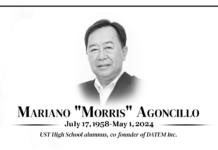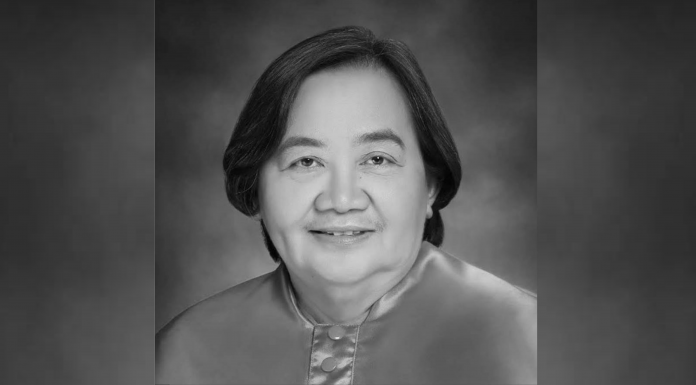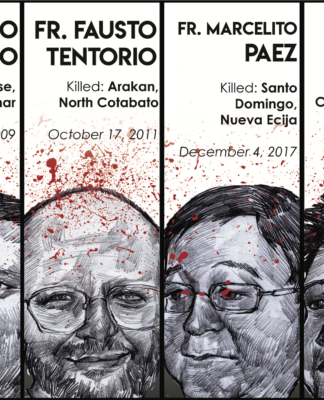THE EIGHTIES were a historic decade for the country and for the Varsitarian. Despite the lifting of martial law in 1981, the dictatorship was still in place, as shown by the imprisonment of government “enemies” and other atrocities under the mask of a returned democracy.
The repression of martial law reached well into the eighties. This made writers go into fields other than journalism. The Varsitarian, however, with publications director Felix Bautista and such writers as Edgar Atadero and Ronald Llamas (now chairman of Akbayan) continued to churn out articles burning with political color.
The Varsitarian took part in socio-political events. The paper covered events like the death of Ninoy Aquino in 1983, and the “People Power” revolution at EDSA in 1986. The publication covered the rise to the presidency of Ninoy’s widow Corazon, as well as the coup attempts against her towards the end of the decade.
“The staffers risked their lives covering these events for the Thomasian community,” says UP College of Arts and Letters associate dean Jose Wendell Capili, Varsitarian Witness writer from 1986 to 1987.
Carlos Ignacio Lugay Jr., Varsitarian photographer from 1988 to 1991 and who currently teaches in the Faculty of Engineering, says, “A lot of us were not into journalism because we knew that there was no press freedom, and whatever freedom there was would always be suppressed.”
After martial law was lifted, the writers were lured back into journalism’s fold. The experiences they gained in other fields even helped in their writing careers later on.
Politically conscious
The ‘80s staffers were compelled by socio-political circumstances to be conscious of their output and this perhaps set the staffers of the decade apart from other batches in the Varsitarian history.
We couldn’t afford to be purely personal, write about our crushes and personal crusades,” Capili said. “We had to make a stand for or against socio-political issues. During the first quarter storm, people were kicked out of UST if they were known to be activist.”
In his column in the August 31, 1983 issue of the Varsitarian, then editor in chief Vicente G. Robles Jr. wrote of the Aquino assassination: “In this anguished issue or the Varsitarian, the staff joins hands with the millions of people, Filipinos and foreigners, nationally and worldwide, in condemning the brutal and barbaric assassination of a great man.”
More national news were published than the usual campus beats. This era covered the significant student activist movements against the government. Pictures of the national scene were also published. These articles carried on even after the EDSA People Power Revolution in 1986.
Varsitarian writers in the ‘80s include Philippine Daily Inquirer editor Joselito Zulueta and The Filipino Reporter’s Edmund Silvestre for literature and journalism; Department of Foreign Affairs vice-consul Charlotte Tang for diplomacy, Noel Martin Bautista for information technology; Bernadette Fortuno for labor law; and Jose Fernando Syquia, Julius Caesar Dalupang, Chona Garcia, and Ronald Talens for medicine.
Other noted ‘80s Varsitarian staffers particularly in media and letters include Andres Saracho, Jun Canocer, Mike Coroza, Rebecca Anonuevo, Karen Galarpe, Erli Mendoza, Vim Nadera, and Gretchen Ira.
The Varsitarian writers in the 80s were witnesses to the transition from an iron-fisted dictatorship to the return of democracy. The struggles they encountered during these tense social and political changes forged them into fearless wielders of the pen, and instilled in them a credo which they feel they should pass on to Varsitarian writers today.
“The choice between form and content in one’s writing is no longer an issue. It is important for Varsitarian writers to write well and to make sense and be relevant at the same time,” Capili said.















